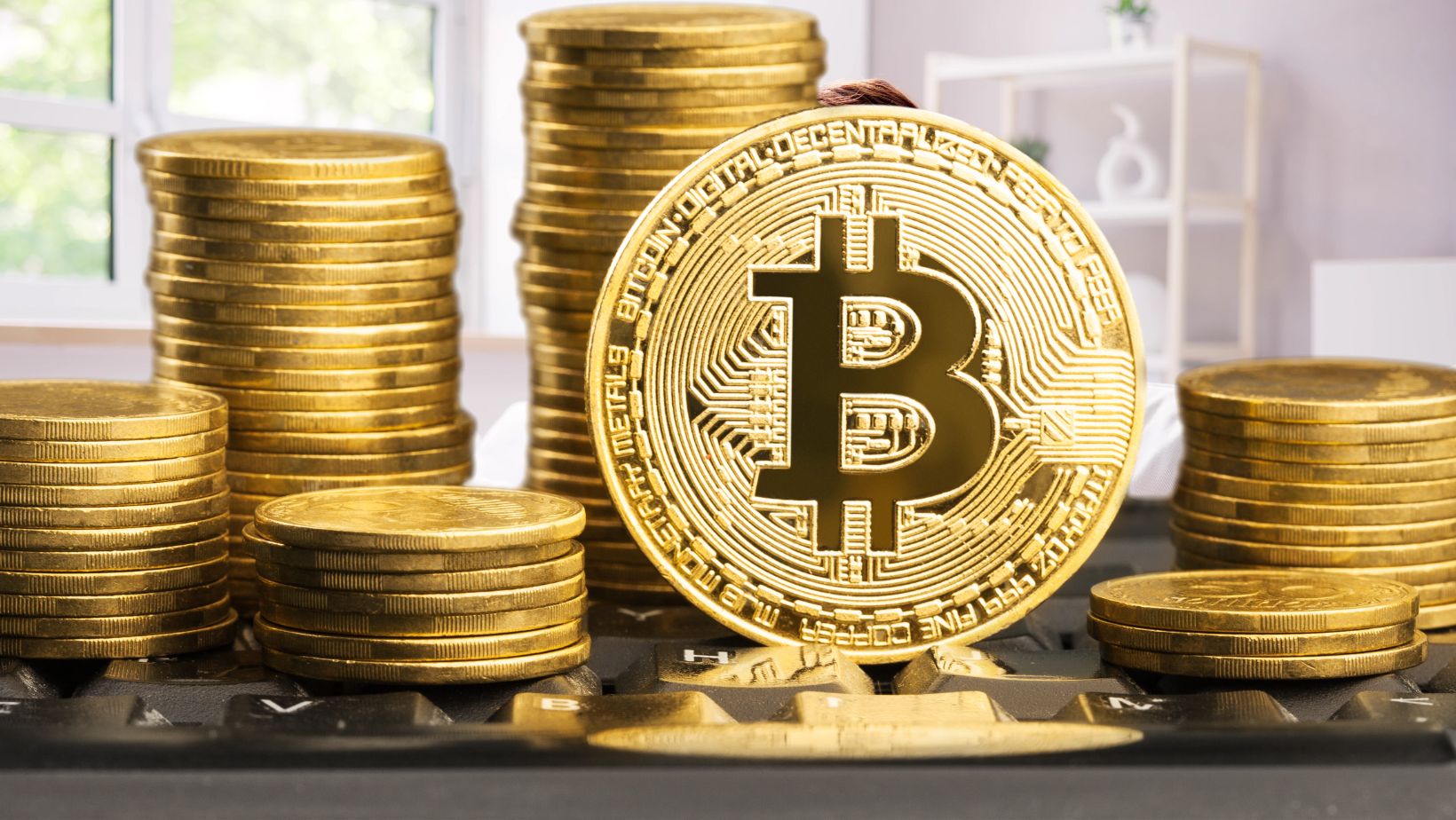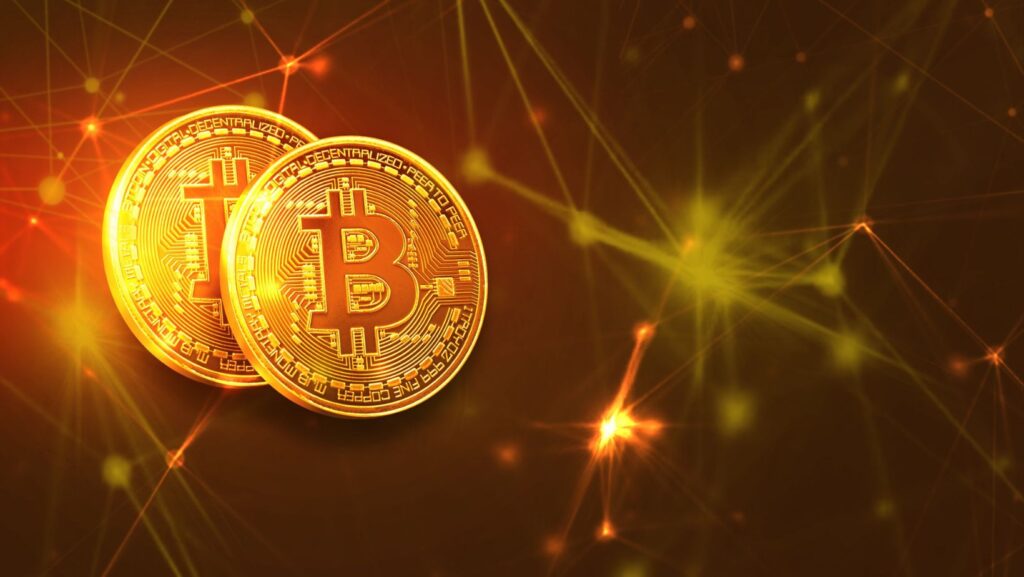Navigating the world of cryptocurrencies can be daunting, especially when it comes to identifying real tokens on a decentralized exchange. With the rise of scams and fake tokens, investors need to be vigilant and equipped with the right knowledge to protect their assets.
Genuine tokens on a decentralized exchange typically have verifiable smart contract addresses, significant trading volume, and listings on reputable platforms. By understanding these key indicators, traders can significantly reduce their risk of falling victim to fraudulent schemes. It’s crucial to conduct thorough research and utilize available tools to verify a token’s authenticity before making any investment decisions.
Decentralized exchanges offer exciting opportunities for crypto enthusiasts, but they also come with unique challenges. Learning to spot red flags, such as tokens only available on a few DEXs or those with suspicious liquidity patterns, is essential for safe trading. By developing a keen eye for these warning signs, investors can navigate the decentralized exchange landscape with greater confidence and security.
Key Takeaways
- Verify smart contract addresses and check trading volume to identify authentic tokens
- Research token listings on reputable exchanges and analyze liquidity patterns
- Utilize analytics tools and community resources to gather comprehensive token information
Understanding Decentralized Exchanges
Decentralized exchanges (DEXs) operate on blockchain networks, enabling direct peer-to-peer trading without intermediaries. These platforms leverage smart contracts to facilitate secure and transparent transactions.
The Role of Blockchain Technology
Blockchain forms the foundation of decentralized exchanges. It provides a distributed ledger that records all transactions immutably. This technology ensures transparency and security in trading activities.
Ethereum, Polygon, and BNB Chain are popular blockchain networks that host DEXs. Smart contracts on these platforms automate trade execution and asset transfers. Users retain control of their private keys, enhancing security.
Blockchain’s decentralized nature eliminates single points of failure. It enables 24/7 trading without downtime or geographical restrictions. The technology also supports cross-chain interoperability, expanding trading possibilities across different networks.
Key Features of Decentralized Trading Platforms
DEXs offer unique features that set them apart from centralized exchanges. Non-custodial wallets allow users to maintain full control of their assets. This reduces the risk of hacks or exchange insolvencies.

Liquidity pools play a crucial role in DEX operations. Users provide liquidity by depositing token pairs, earning fees in return. This model ensures constant availability of trading pairs.
Automated market makers (AMMs) replace traditional order books. They use mathematical formulas to determine token prices based on supply and demand. This system enables instant trades without the need for counterparties.
DEXs typically offer lower fees compared to centralized exchanges. They also provide access to a wider range of tokens, including newly launched projects. DappRadar tracks unique active wallets on DEXs, indicating growing user adoption.
Identifying Authentic Tokens
Verifying token legitimacy requires a multi-faceted approach combining research, analysis, and awareness of common scam tactics. Investors can protect themselves by thoroughly examining project details, assessing key metrics, and staying vigilant for warning signs.
Conducting Thorough Due Diligence
Start by researching the token’s background, team, and purpose. Review the project’s whitepaper for a clear roadmap and technical details. Verify team members’ credentials and online presence. Check official websites and social media accounts for consistency and active engagement. Utilizing reputable platforms, such as a Canadian Crypto Exchange, can provide additional assurance when verifying token authenticity.
Examine the token’s smart contract on platforms like Etherscan. Verify if the contract is open-source and audited by reputable firms. Look for tokens listed on trusted platforms such as CoinMarketCap and CoinGecko.
Use tools like Token Sniffer to analyze contract code for potential vulnerabilities. Compare the token’s contract address across multiple sources to ensure authenticity.
Analyzing Token Metrics and Activity
Assess the token’s market performance and liquidity. Monitor trading volumes on decentralized exchanges to gauge investor interest. Evaluate price stability and resistance to manipulation.
Examine token distribution and holder concentration. A healthy project typically has a diverse range of holders rather than a few large wallets controlling the majority of tokens.
Track transaction volumes and patterns. Consistent, organic activity suggests genuine user adoption. Sudden spikes or irregular transactions may indicate artificial manipulation.
Review the token’s market cap in relation to its utility and adoption. Unrealistic valuations can be a red flag for potential pump-and-dump schemes.
Recognizing Red Flags and Scam Patterns
Be wary of projects promising unrealistic returns or guaranteed profits. Legitimate cryptocurrencies don’t make such claims. Watch out for aggressive marketing tactics or pressure to invest quickly.

Scrutinize tokenomics for signs of unfair distribution or excessive team allocations. Be cautious of tokens with very low liquidity or those that restrict selling.
Learn to identify common scams like rug pulls, honeypots, and pump-and-dump schemes. Rug pulls often involve developers abandoning the project and draining liquidity. Honeypots prevent users from selling tokens.
Stay informed about current market trends and emerging scam tactics. Fraudsters constantly evolve their methods, so ongoing education is crucial for investor protection.
Conclusion
Identifying real tokens on decentralized exchanges requires diligence and careful research. Thorough analysis of the project’s fundamentals, team credentials, and smart contract code is essential. Monitoring trading activity, liquidity levels, and community engagement can provide valuable insights.
Staying informed about the latest industry developments and scam tactics helps traders spot red flags. Ultimately, a combination of technical knowledge, market awareness, and critical thinking skills is key to navigating the DeFi landscape safely and successfully.

